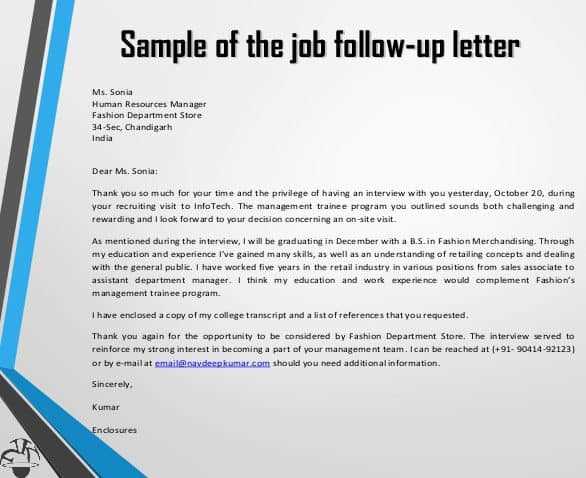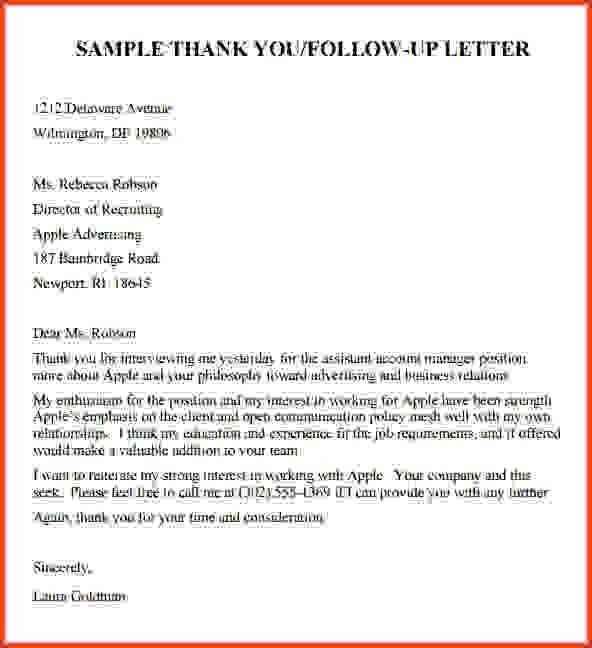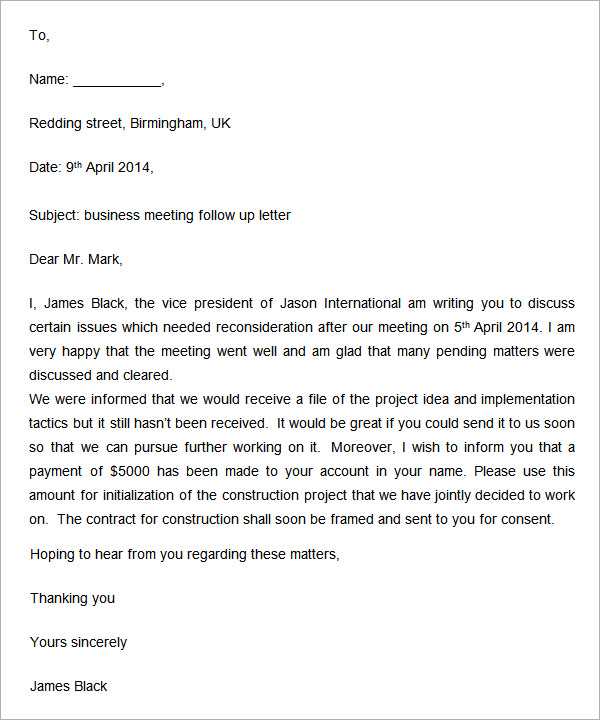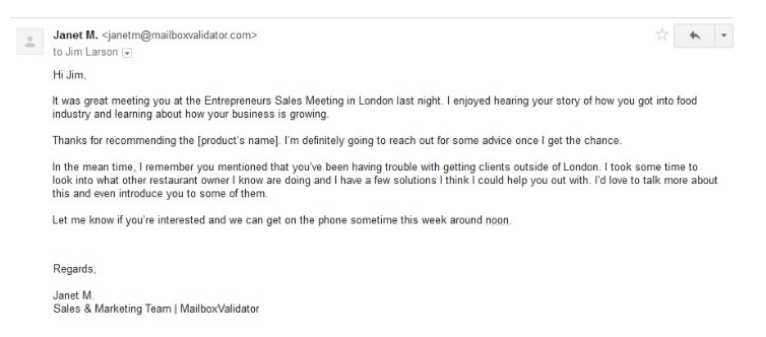Sales Follow Up Letter Template to Boost Your Success

In any business, maintaining a connection with potential clients after initial interactions is crucial. Following up in a professional and timely manner can significantly impact the likelihood of converting interest into action. Crafting a well-structured message that is clear, polite, and persuasive can make all the difference.
Consistency and attention to detail in your communication show that you value the potential client’s time and interest. It’s important to strike the right balance between being persistent and respectful, ensuring that your message is not seen as pushy or intrusive. Understanding the right tone and approach is key to maintaining a positive relationship and keeping the conversation open for future opportunities.
Why Follow Up Letters Matter
In any professional exchange, maintaining communication after an initial conversation can be crucial to building trust and nurturing relationships. A well-timed and thoughtfully written message reinforces interest and keeps the dialogue going. It ensures that your offer or proposal is remembered and not overlooked, while demonstrating your commitment and professionalism.
Building Trust and Credibility
- Consistent communication shows your reliability.
- Polite and respectful messages build rapport with clients.
- Personalized messages create a sense of value and attention.
Encouraging a Positive Outcome
- Encourages action by providing clear next steps.
- Reinforces the value proposition from previous discussions.
- Re-engages hesitant clients without being overly persistent.
Crafting a Professional Sales Letter

Creating a well-structured message that conveys your intentions clearly and effectively is essential for maintaining a professional image. A thoughtful and strategic approach can increase your chances of engaging your recipient, while also emphasizing your expertise and commitment. Ensuring that each communication is clear, concise, and tailored to the specific needs of the individual is key to building long-term relationships.
It’s important to start with a strong opening that catches attention, followed by a clear explanation of how your offering can address their needs. The tone should remain polite yet confident, showcasing your understanding of their concerns while subtly guiding them towards the desired outcome. A concise call to action encourages the recipient to take the next step in a manner that feels natural and compelling.
Key Elements of a Strong Follow Up
A well-crafted message that maintains professionalism and clarity is essential for driving positive outcomes in business interactions. The most effective communications include several key components that ensure your intent is conveyed clearly while maintaining a sense of respect and relevance. These elements work together to strengthen your relationship with the recipient and encourage engagement.
The structure should include a warm greeting, a brief reminder of the previous conversation, and a clear call to action. It’s important to keep the tone courteous yet direct, showing appreciation for the recipient’s time and interest. Personalizing the content further by addressing specific points from past interactions adds a thoughtful touch and reinforces your attentiveness to their needs.
Best Practices for Timing Your Letter

Effective communication relies not only on what you say but also on when you say it. Timing plays a critical role in determining whether your message is well-received or ignored. Sending a message at the right moment can make a significant difference in whether your efforts lead to positive outcomes or missed opportunities.
It’s essential to strike a balance between being timely and not overwhelming the recipient. Waiting too long can result in a loss of interest, while sending a message too soon might seem pushy. Typically, reaching out a few days after an initial meeting or interaction is ideal, allowing enough time for the recipient to process the information while keeping the conversation fresh in their mind. Following up at consistent intervals keeps the conversation moving forward without being intrusive.
Personalizing Your Follow Up Approach

When reaching out after an initial interaction, personalizing your message can make a substantial impact. A generic approach is often overlooked, while one that reflects a deeper understanding of the recipient’s needs and preferences fosters a stronger connection. Tailoring your communication shows attentiveness and demonstrates that you value the relationship beyond the transaction.
Incorporating Specific Details
Including references to past conversations, specific interests, or concerns discussed during the previous exchange helps make your message feel relevant. This personalized touch indicates that you’ve taken the time to listen and understand, rather than sending a generic note.
Adapting Tone and Content
The tone of your message should align with the recipient’s personality and communication style. Some clients prefer a more formal approach, while others appreciate a friendly and informal tone. Adjusting your writing to suit their preferences can increase the likelihood of a positive response.
Boosting Response Rates with Clarity
Clear and concise communication plays a pivotal role in improving response rates. When your message is straightforward, the recipient is more likely to understand your intent and take the desired action. Avoiding ambiguity and keeping your points simple helps prevent confusion, making it easier for the reader to engage with your request.
Being direct about the purpose of your message and the next steps can significantly increase the likelihood of a timely response. Highlighting the key points, such as deadlines or calls to action, ensures that the recipient knows exactly what is expected. The use of clear, simple language minimizes misunderstandings and encourages a quicker reply.